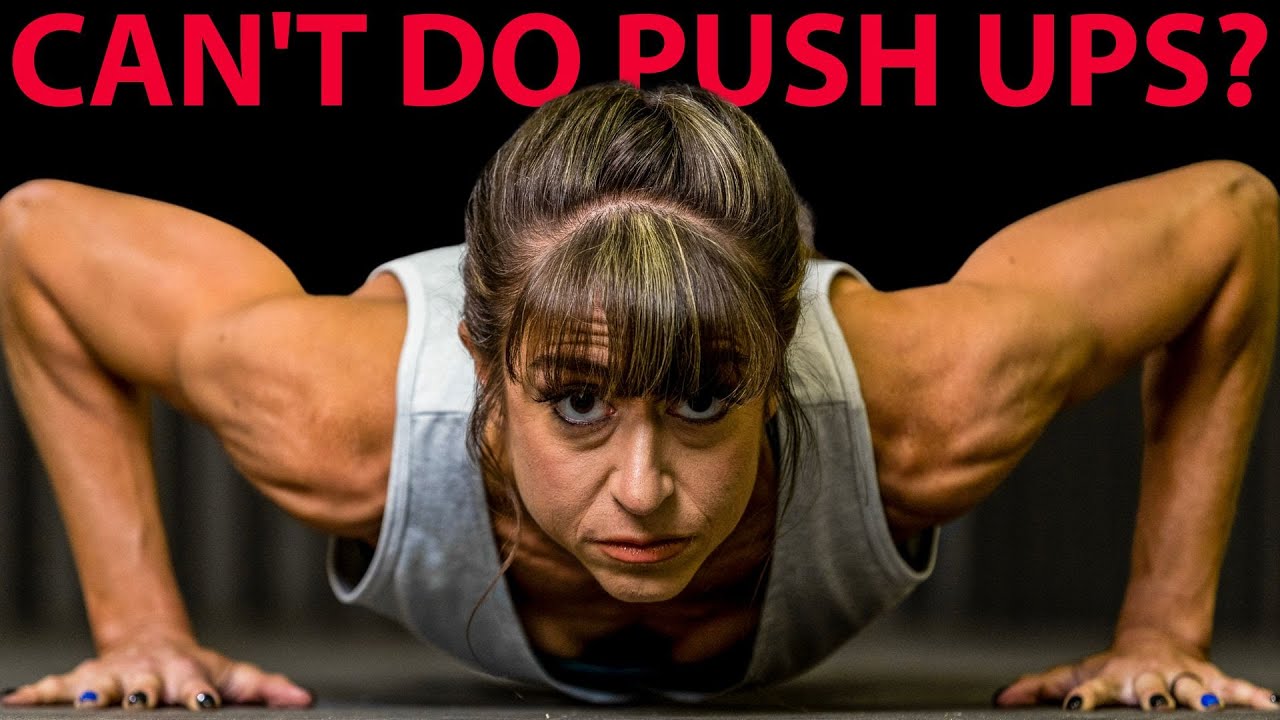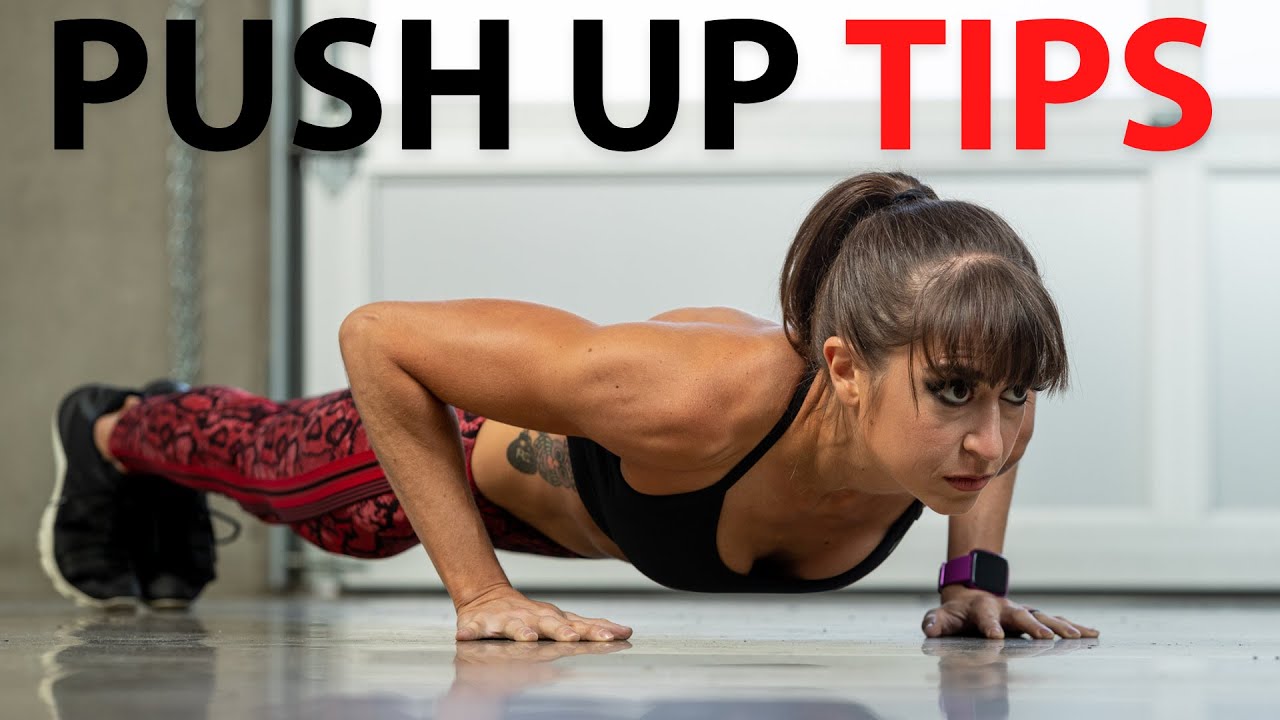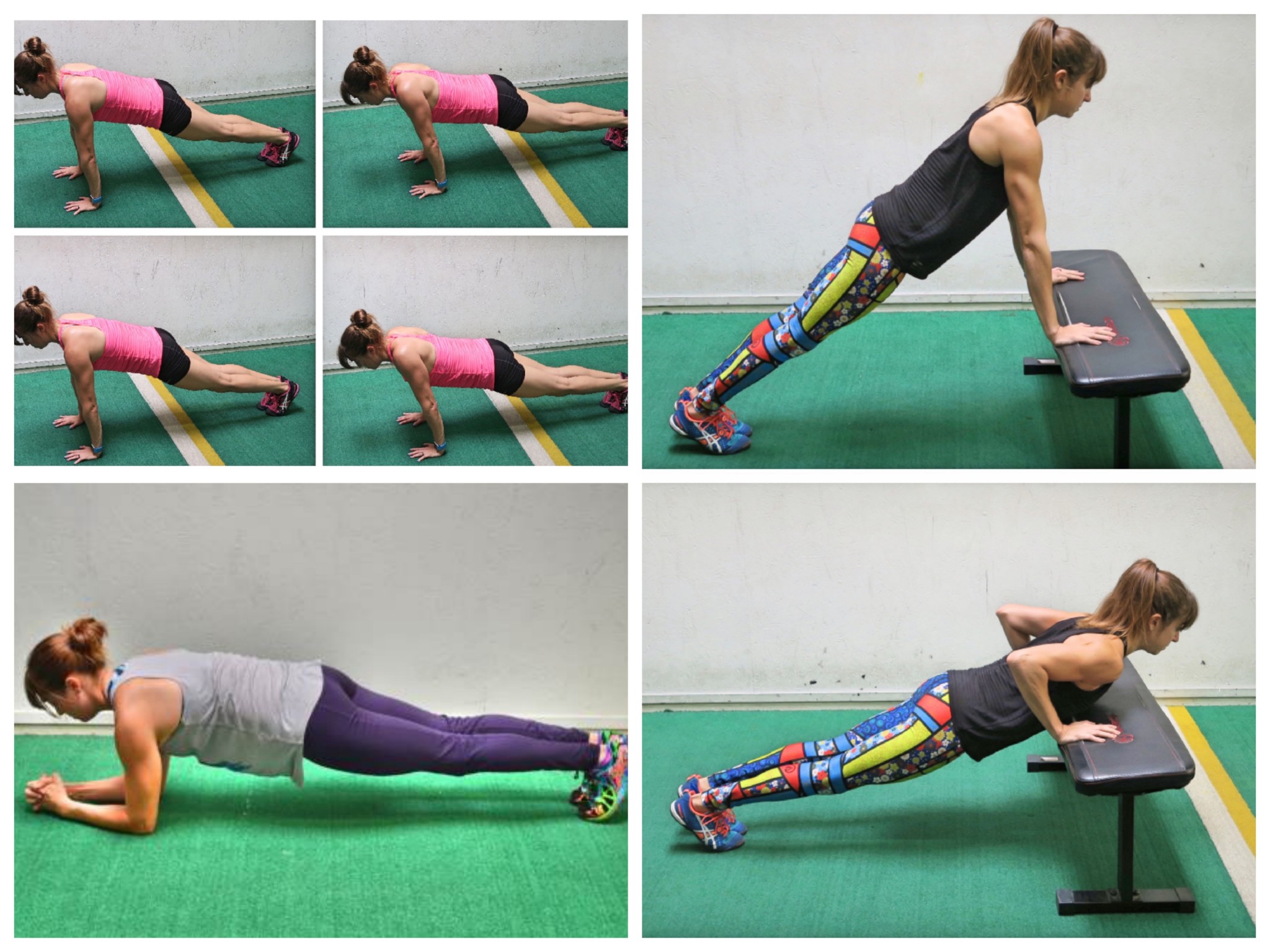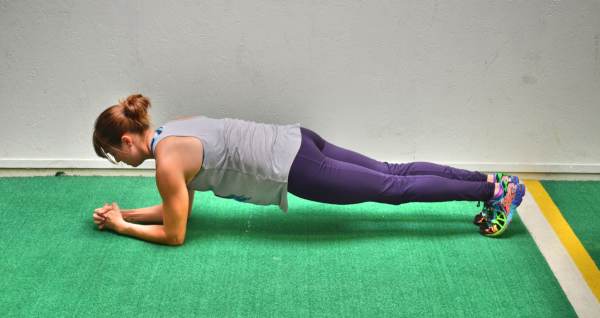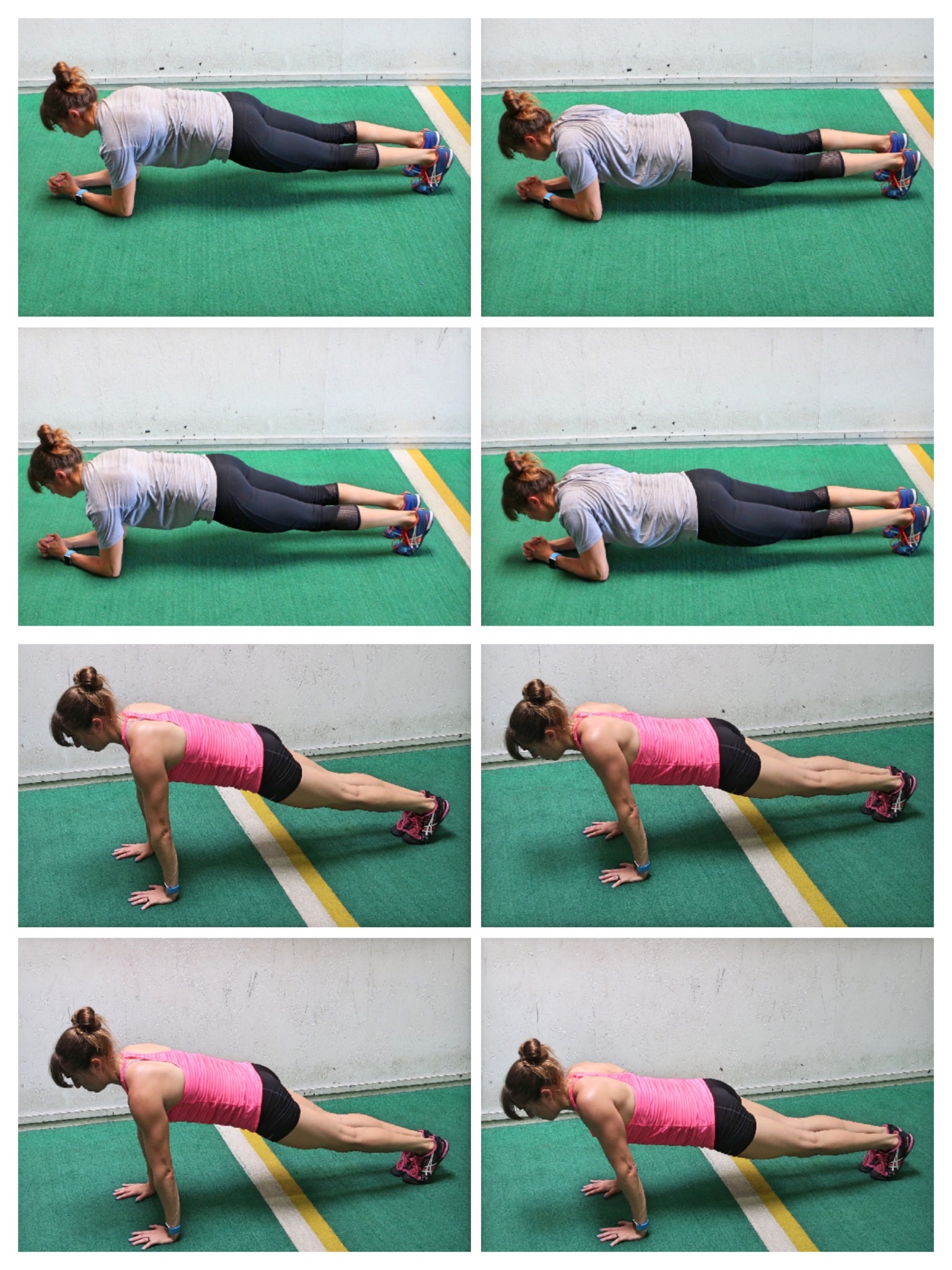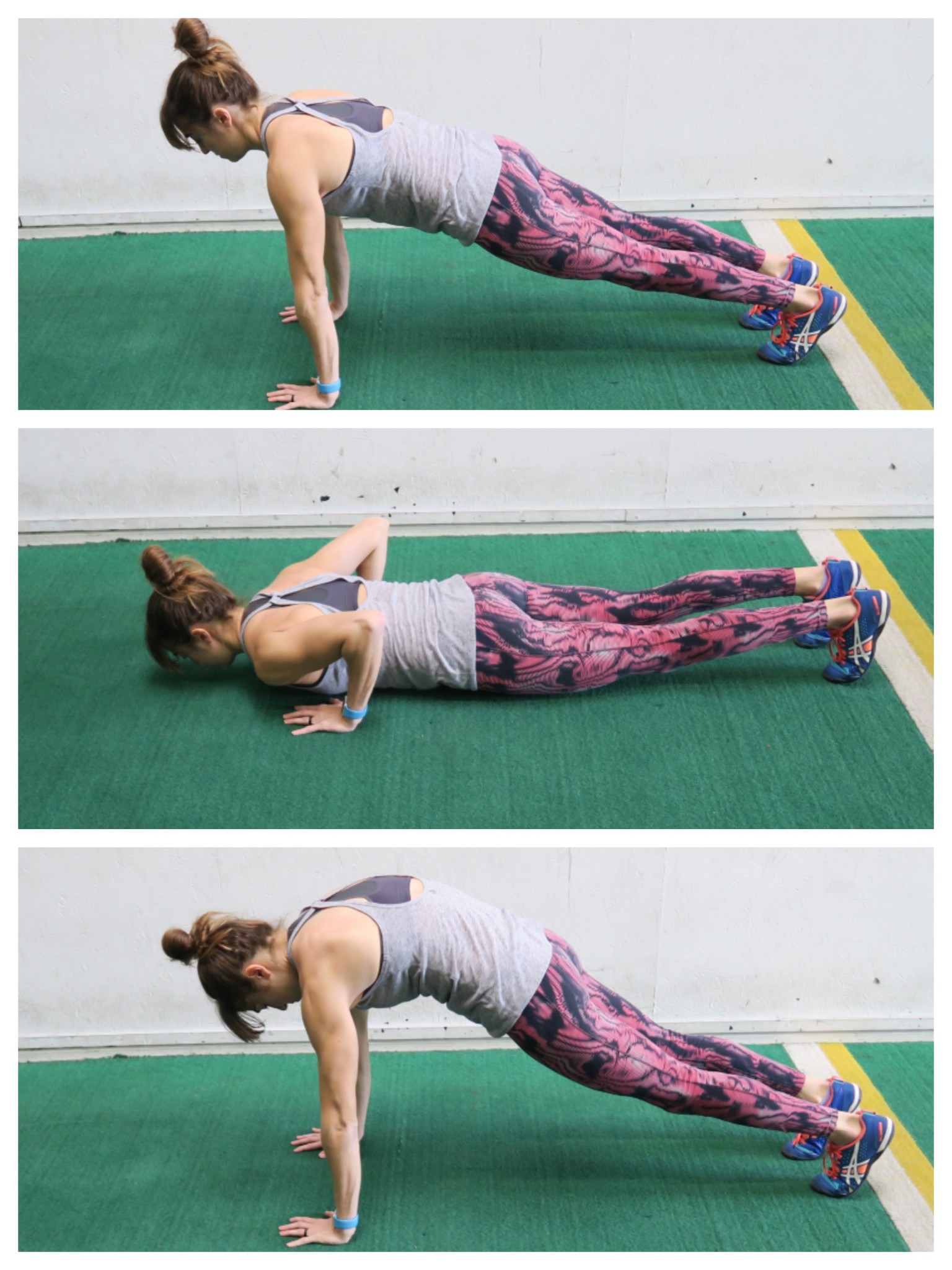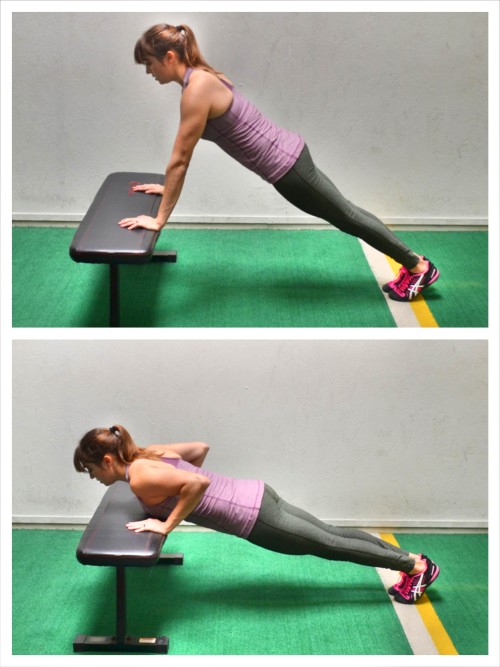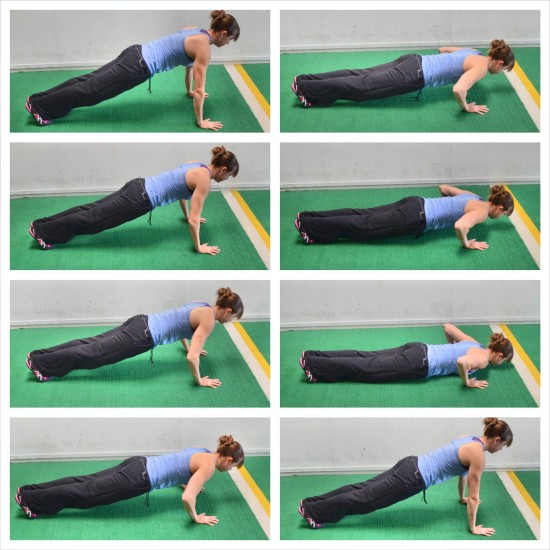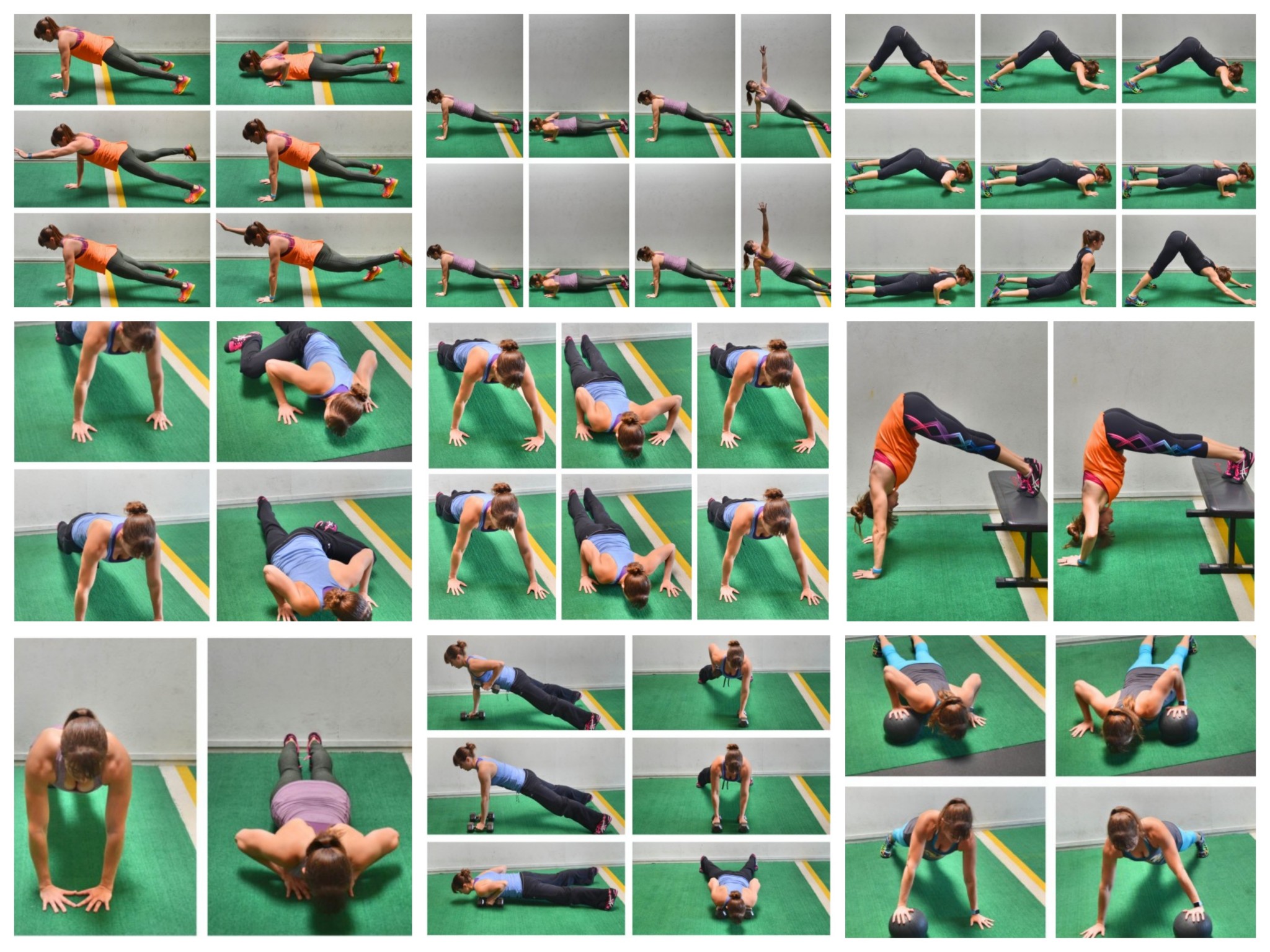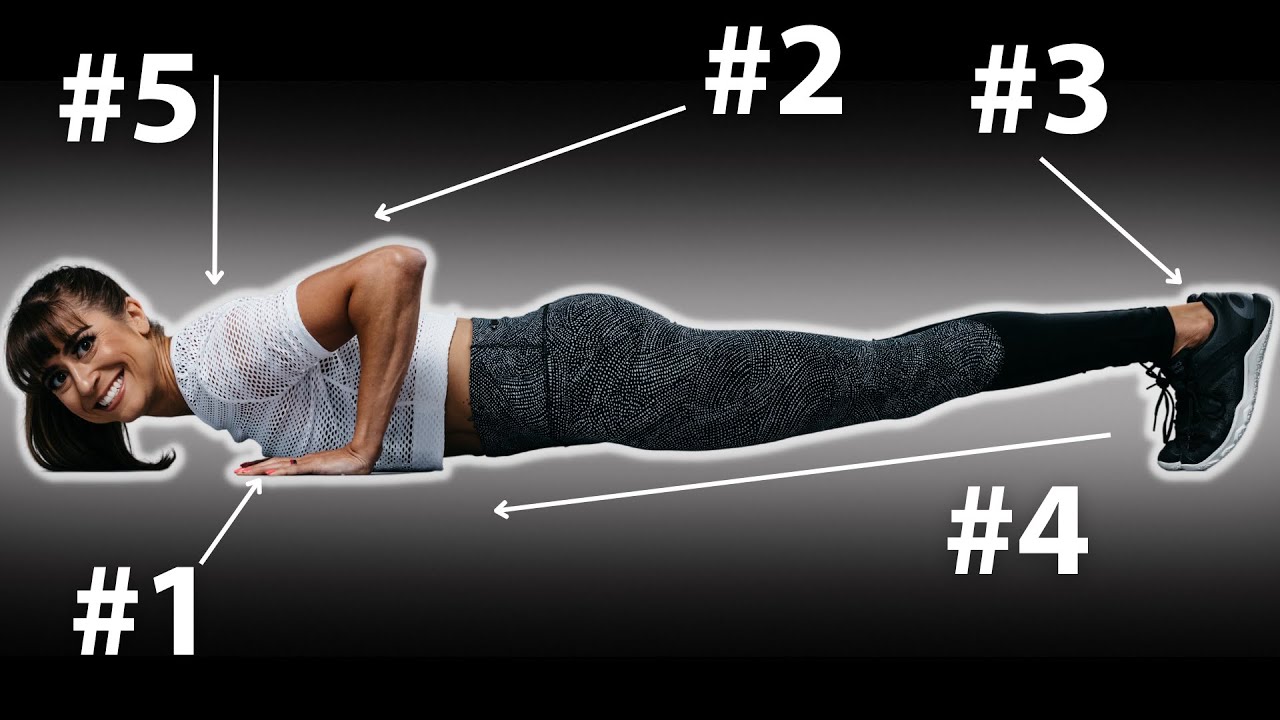
5 Things Nobody Tells You About Push Ups
Want to improve your push ups, but feeling like all of the push up training you’re doing isn’t adding up?
Do you feel like no matter what you try your push ups end up looking like you’re doing the worm?
Or like you’re just getting better at modified push ups?
If you’re struggling to achieve that first full push up and then build up to double digit reps, this video is for you!
In this video, I’ll go over 5 things no one tells you about improving your push ups so you can start busting out those picture perfect reps from your toes!

Hey guys it’s Cori from Redefining Strength where we help you build functional strength at any and every age!
Push ups are an amazing bodyweight exercise, but one that often doesn’t get the credit for being the challenging move that it truly is.
Just because you can “do” a push up, doesn’t mean you’re using the correct muscles or actually replicating the move with picture perfect form.
Sometimes you have to regress to progress.
And that’s why in this video I want to go over 5 things no one tells you about improving your push ups so you can adjust your training routines to help you actually move forward.
And in the final tip, I’m going to go over why you may find all of your modified push up work feels like it is NEVER actually helping you progress but just only helping you get stronger at doing more modified push ups!
#1: It all starts with your hands.
Do you have annoying wrist pain or elbow pain during push ups?
Feel like you’re ok on the lower down but for the life of you just can’t seem to maintain proper form during the press back up?
Focus more on your hands and then tension into the ground!
Creating tension from the ground up in your push ups will lead to better muscle activation and engagement, creating a stronger press.
When you set up for a push up, don’t just put your hands outside your chest.
Think about spreading your fingers and pushing your hands down into the ground.
Create that pressure and tension through ALL of your fingers. You may notice when you do this, you even want to rock out on your hands.
This rock out could be leading to the overload that causes wrist and elbow issues.
So focus even on pressing that thumb down into the ground.
Then as you press down, pretend to pull the ground apart slightly like you’re ripping a piece of paper.
This pull apart will help you even feel your chest muscles engage.
Then keep this tension through the entire push up, even focusing most on pushing the ground away as you transition from the bottom of the push up to pushing back up!
#2: Stick with incline push ups.
The next tip is to stick with incline push ups
There will definitely be times we simply don’t have an appropriate incline to use so turn to knee push ups; however, the more we can use the incline, the better.
The incline is so key because it allows us to learn to engage everything in the exact way we will need to as we move to that full push up off the ground.
It allows us to train creating tension through our lower leg and quads by driving back through our heels.
Because the push up is basically a moving plank.
If you only ever train that knee push up position, you never learn this full engagement which could be holding you back.
It is part of why you can feel like you’re getting stronger, BUT you’re never actually able to achieve that full push up from your toes.
Simply put – that knee push up may be holding you back!
And using an incline allows you to create a clear progression you can track. Over time you can slowly lower the incline you use inch by inch.
A smith machine or rack is a great way to create an incline you can incrementally lower.
And if the incline is too low, you can even start with just slowing down the eccentric only to reset at the top.
#3: You’re stronger in the eccentric phase of the push up.
To learn to do a more challenging variation of a move, we need to actually DO the harder movement.
The question is – how can you do the more advanced movement pattern though if you haven’t yet earned it?
Using an incline is one answer.
But so is focusing on the eccentric portion of the push up.
We are stronger in the eccentric phase of the push up or the lowering down portion.
By slowing down the eccentric, we can help ourselves build strength and muscle, spending more time under tension.
And by even doing an eccentric ONLY movement, we can help ourselves start to train a more challenging variation than we are fully yet able to do.
So if you’re feeling stuck at the incline you’re at currently, try a lower incline, performing only the eccentric or lowering down portion of the push up.
Really slow down and control that full lower down.
When your chest touches the incline, you can drop to your knees and push back up or even simply step a foot up and reset at the top.
But that time under tension just lowering down in the push up, using a harder version of the movement, can help you break through that stick point and advance to the next level!
#4: Strengthening your back is key.
Another often neglected area when we’re trying to improve our push ups is our back.
Yes, the push up is a press and targets our chest, shoulders and triceps while working our entire core.
But for a more powerful press, whether it is a push up or bench press, we need to have proper scapular control and be able to effectively engage our backs to support our shoulders.
A lack of scapular mobility and stability and back strength can lead to neck, shoulder and even elbow aches and pains as we compensate during the movement.
The more pressing you include in your routine, the more you will want to balance out your workouts with pulling exercises to also increase your back strength.
And not only that, you’ll also want to make sure that your warm up routine on days you do work on push ups includes scapular mobility and back activation work as well.
This helps you make sure you’re able to properly retract your shoulder blades (draw them together toward your spine) as you lower down in the push up and then protract them (pull them apart away from your spine) as you press back up.
It’s key we establish that mind-body connection to prep muscles to work correctly as we go into challenging compound movements.
For two amazing moves to help you strengthen your back and improve your scapular control, check out the link at the bottom of this post.
#5: Stop doing more reps of a modified variation.
Last but not least stop doing more reps of a modified variation.
Adding reps shows we’re progressing and building strength.
However, adding reps to each round of a more modified variation of the push up may be holding you back from progressing.
It may only be making you stronger at that more modified variation.
Instead of adding another rep or trying to do more reps each set, consider designing your push up work to have even 1-2 reps per round while creating volume through performing more rounds.
So if you want to do 10 reps of push ups and have been doing 2 rounds of 5 reps off a higher incline, instead do 10 rounds of even a single push up off a far lower incline, even using the eccentric only variation if needed.
We need to push the progression of the movement if we want to advance. We can’t just do more reps of the easier variation.
So think fewer reps of a hader movement, even if you have to modify over the rounds over doing an easier variation you can do more reps of!
Bonus Tip: Include your focused push up work first
One bonus tip is to include your focused push up work at the start of your workout.
When focusing on improving any lift or movement you want to improve, it is always best to include targeted work for it when you’re FRESHEST.
This makes it easier to focus on what you feel working and on maintaining proper form.
You can include the push up work at the start of your workout on more than one day. Push ups
Include more rounds of lower rep push up work, testing out the most advanced variation you can do.
You can even mix in slow eccentric push ups to help you advance.
And for some amazing accessory moves to improve your push ups and specifically work on your scapular control, check out my Can’t Do Push ups? Try These 2 Tips video next!
Can’t Do Push ups? Try These 2 Tips: https://youtu.be/rsf4xmIG4FI
Other push up resources:
FIX Wrist Pain During PUSH UPS | 4 Easy Ways To Increase Your Wrist Strength & Flexibility: https://youtu.be/t1d-KIwWgDw
Push-Ups For Beginners – 5 Simple Tips To Perfect Your Push Up: https://youtu.be/hosxWuzlGDg

